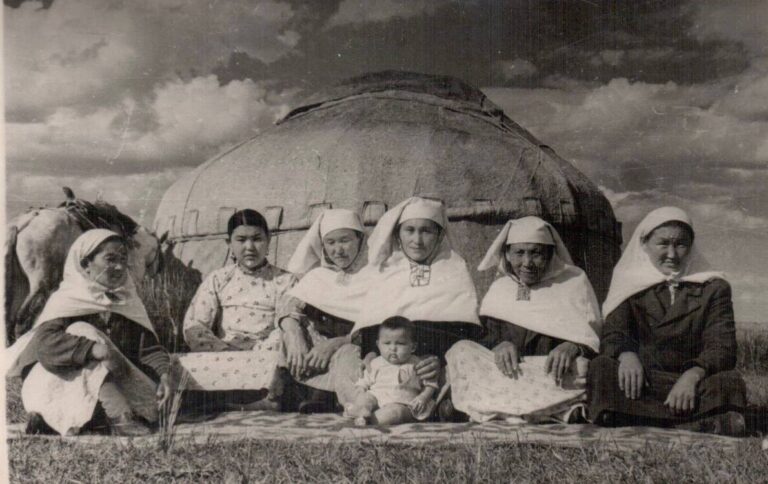
Kazakhstani courts have been granting fewer requests for preventive detention, despite an overall increase in such applications, according to Chair of the Judicial Board for Criminal Cases of the Supreme Court Nazgul Rakhmetullina, who shared her findings on Facebook.
The expert noted that recent years have seen a solid upward trend in applications for preventive detention. For instance, in 2024, the number of such applications increased by 5.6% year-on-year (YoY), whereas in Q1 2025, the figure rose by another 5% YoY.
Rakhmetullina emphasized that this increase is directly linked to the recent criminalization of domestic violence, as well as an upturn in crimes related to fraud and the trafficking of illegal drugs and psychotropic substances.
However, the number of approved requests has declined. Last year, courts granted 74.5% of these, compared to 75.8% in 2023. As a result, in 2024, the requests did not affect 3,664 persons.
Positive dynamics were observed in Q1 2025, when only 65.8% of preventive detention requests (2,390 out of 3,629) were granted, allowing 1,239 persons to avoid preventive detention — marking almost an 11% decrease compared to the first quarter of last year, when 76.6% of requests were granted.
«As you can see, some positive dynamics in the work of examining courts in this area are evident,» Rakhmetullina summarized the findings, highlighting that they reflect an approach in which preventive measures are selected more carefully. «The sanctioning matter is always under analysis, remaining one of the crucial issues for discussions with judges,» she added.
According to the expert, courts tend to approve preventive detention only in cases involving violent crimes, including domestic violence; the gravest offenses; and previously convicted persons — a large group that also includes women, she noted.
At the same time, the judicial board chair admitted that the current situation is far from satisfactory. In Q1 2025, the highest approval rates for preventive detention were recorded in the Mangystau region (77.1%), East Kazakhstan region (74%) and Pavlodar region (73.8%).













